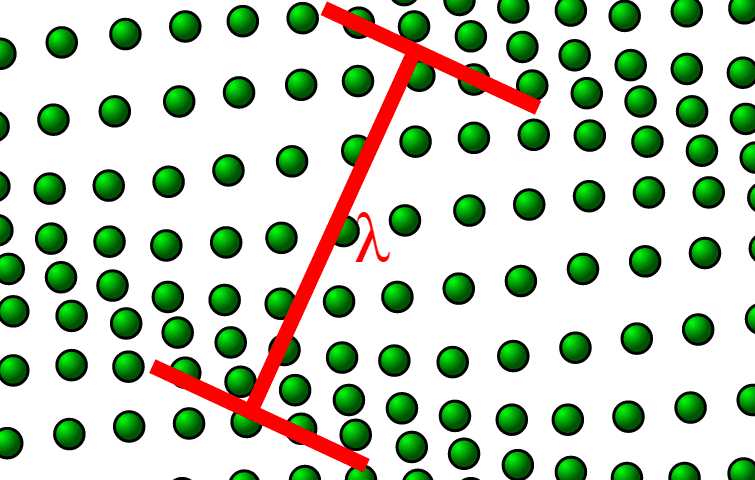To date, we have quantum computers that are superconducting, ion-trapped, neutral atoms, and photons. However, it seems that a new one will be added among these types. Phonons could be popular for this new quantum computer.
Before moving on to this stage, a team led by Prof. Andrew Cleland at the Pritzker School of Molecular Engineering at the University of Chicago conducted two experiments to establish a detailed study of phonons.
As is known, quantum mechanics argues that quantum elementary particles are indivisible. For example, photons, the smallest particles of light with which we are more studied and familiar, are examples of these elementary particles. However, little attention has been paid to phonons, another quantum particle that transmits sound, in small packets.
The team at the University of Chicago was able to figure out how to first capture single phonons and entangle two phonons, using phonons with a pitch that is about a million times higher than what the human ear can hear.
Extremely low temperatures are needed to produce and detect phonons, so discrete surface acoustic wave phonons that travel on the surface of a material that is lithium niobate were used.
In their first experiment, they created a beam splitter that could split a sound beam in half, transmitting half and reflecting the other half back to its source. When they passed the phonons through this beam splitter, they became quantum superposition as a result of both transmission and back reflection.
The team found a way to preserve this superposition state by capturing the phonon in two qubits. Only one qubit actually caught the phonon, but researchers won't know which qubit caught the phonon until they measure it. Cleland and his colleagues have proven that the phonon passes into the superposition state, a strange property of the quantum.
In the second experiment, the team found that when two identical photons are simultaneously sent from opposite directions to a beam splitter, a fundamental quantum effect first performed with photons in the 1980s, known as the Hong Ou-Mandel effect, the overlapping outputs are mixed so that both photons They also tested this phenomenon on phonons, showing that time moves together in one or the other output directions.
As a result of the second experiment, they proved that only one of the two detector qubits captures the phonons, that is, when they go in one direction, they do not go the other way, but both phonons go in the same direction. This phenomenon is called two-phonon interference.
As a result of all these experiments, it may be possible to produce a new kind of quantum computer and perform calculations with the help of phonons, as Cleland and her team expect.
If you want to look at the details of the study, you can reach the link from the references.
Reference
H. Qiao et al, Splitting phonons: Building a platform for linear mechanical quantum computing, Science (2023). https://dx.doi.org/10.1126/science.adg8715

Comments
Post a Comment